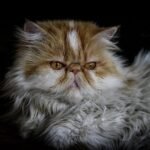Cats have captivated human beings for thousands of years, but perhaps nowhere is this relationship more storied and profound than in ancient Egypt. These enigmatic creatures weren’t merely companions or hunters; they were central to the spiritual and cultural life of ancient Egyptians. In this article, we will explore the intriguing history of cats within the mythology and everyday life of one of history’s most fascinating civilizations.
Origins of Domestication
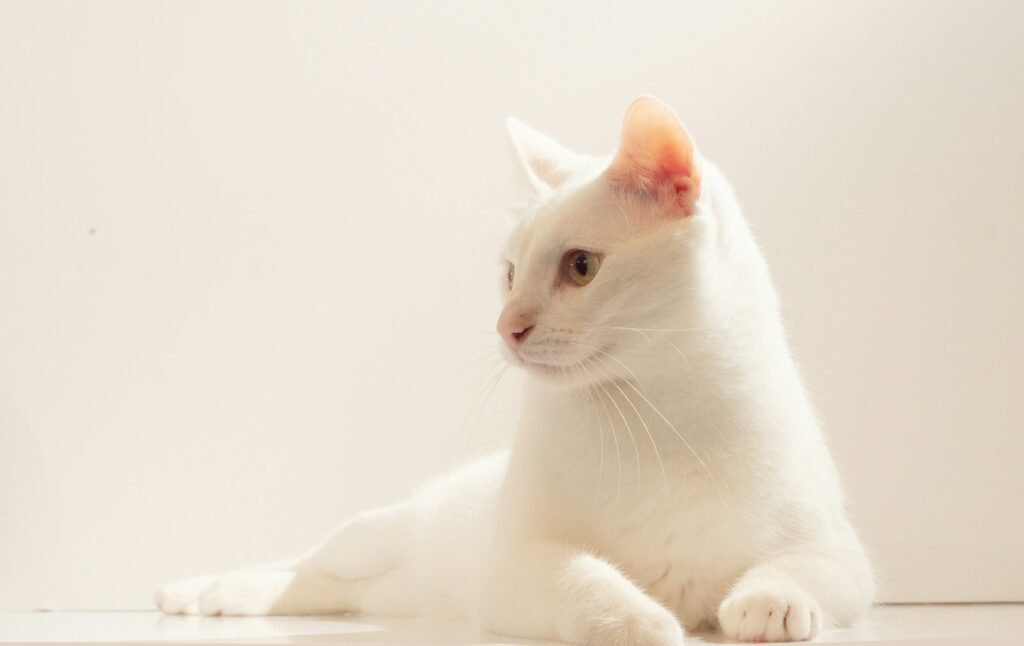
The domestication of cats is believed to have occurred around 4,000 years ago. Cats were first likely drawn to human settlements due to the abundance of food sources, particularly rodents that thrived on agricultural crops. Egyptians, realizing the benefit cats brought in controlling pests, began to invite them into their homes, gradually leading to domestication. This mutually beneficial relationship laid the foundation for their elevated status within Egyptian society.
Cats in Egyptian Households
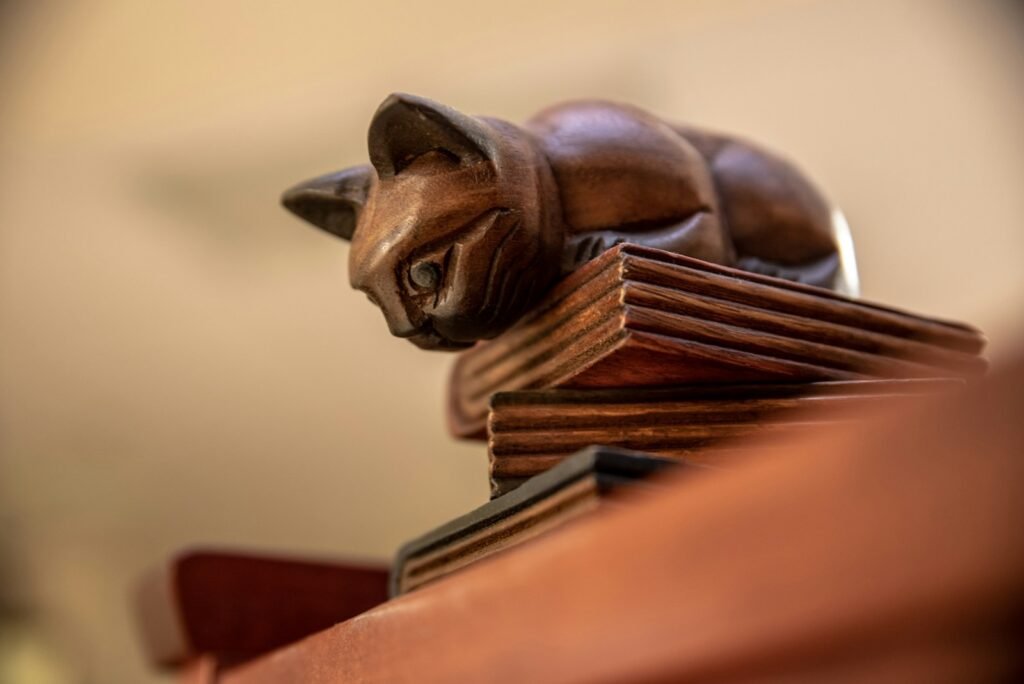
Cats quickly became cherished members of Egyptian households. Their ability to protect grain stores from rodents was invaluable in an agrarian society reliant on successful harvests. Beyond their practical utility, cats were admired for their independence and grace—traits that resonated with the Egyptian ideal of beauty and poise.
The Divine Connection
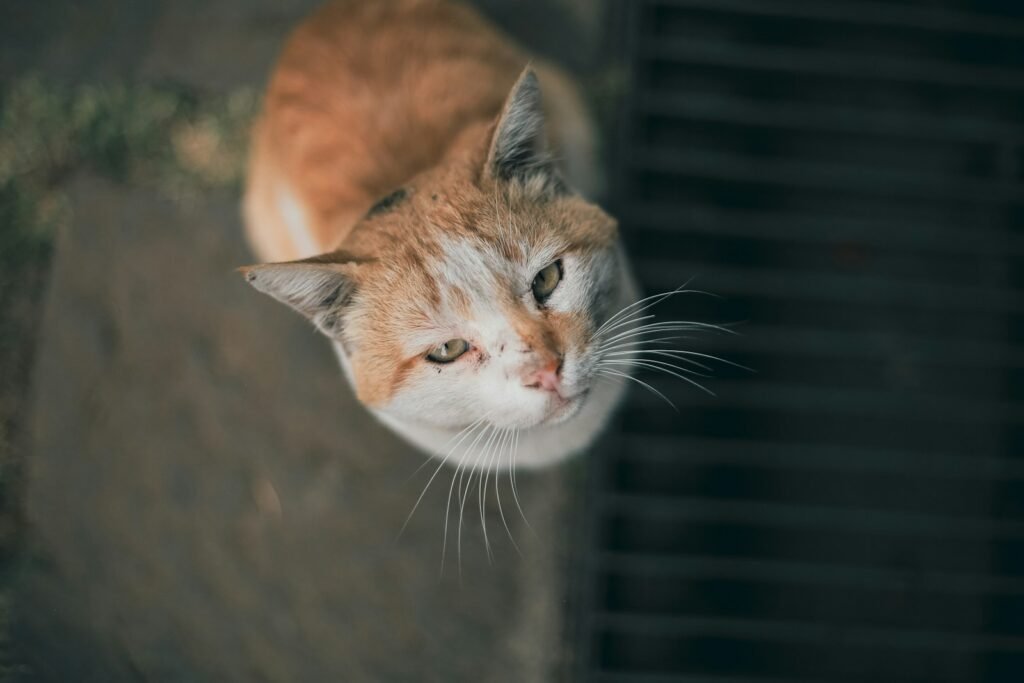
In ancient Egyptian mythology, cats were revered for their connection to the divine. They were associated with Bastet, the goddess who embodied home, fertility, and protection. Bastet was often depicted as a woman with the head of a lioness or domestic cat, and she was a prominent figure in Egyptian religious practices. This divine association elevated the status of cats from useful animals to sacred creatures.
Bastet: The Feline Goddess
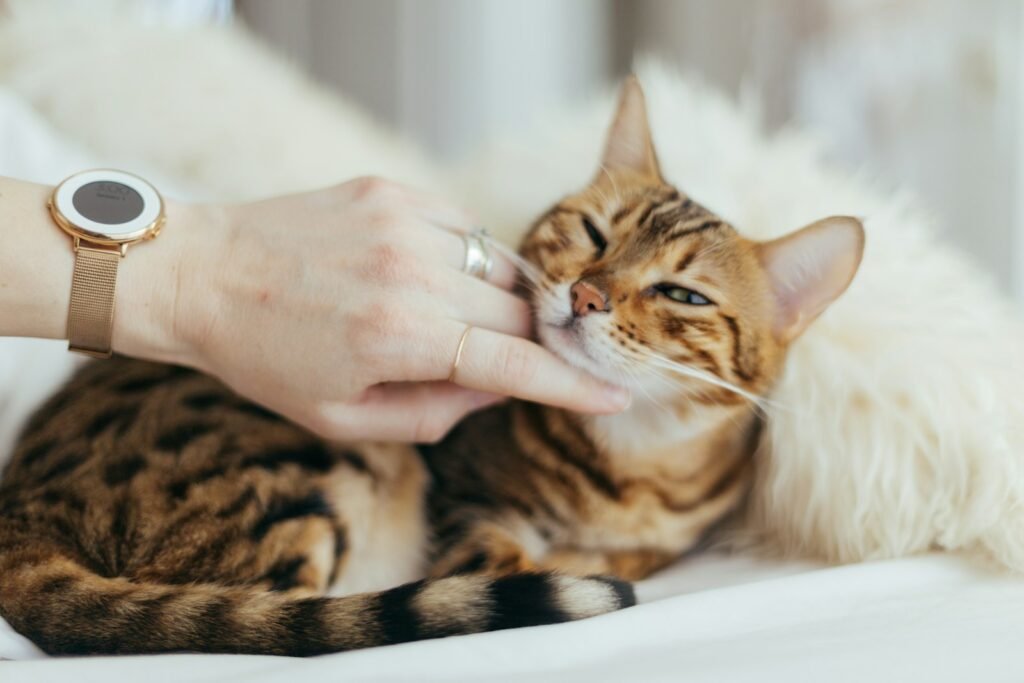
Bastet’s role as the goddess of home and protector of the family made her one of the most adored deities in ancient Egypt. Festivals celebrating Bastet, known as ‘Bastet festivals,’ included music, dancing, and feasts, highlighting the cultural importance of cats. Her temple in Bubastis was a central place of worship, where large numbers of cat figurines and mummies have been discovered, indicating the depth of veneration she inspired.
Mummification of Cats
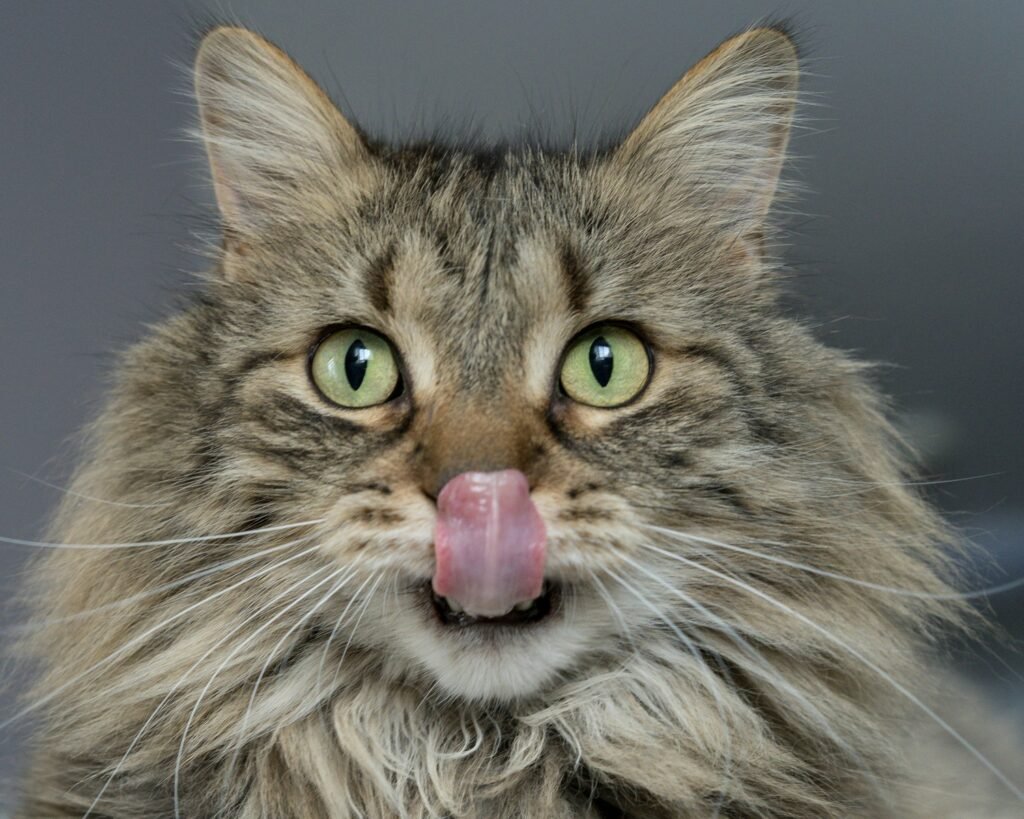
The mummification of cats stands as a testament to their revered status in ancient Egypt. It was common for cats to be embalmed and buried with their owners, serving as companions in the afterlife. Additionally, large cat cemeteries have been discovered, revealing the widespread practice of cat mummification. These rituals underscored the belief in their sacred nature and the spiritual protection they bestowed upon their human counterparts.
Protective and Symbolic Roles
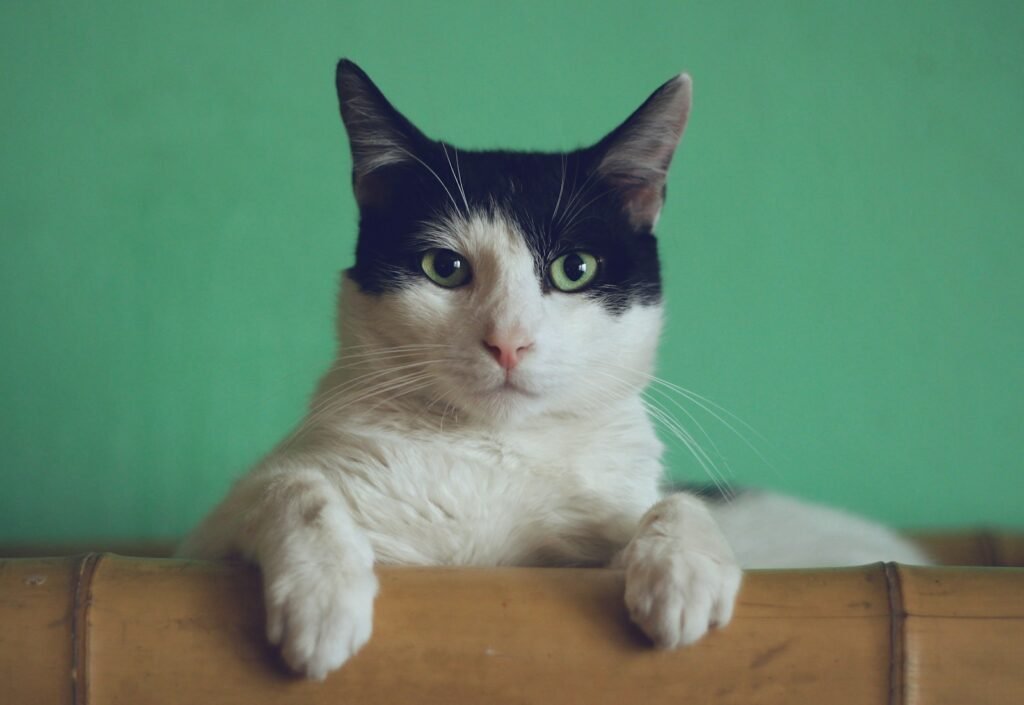
Cats were also considered symbols of protection and good fortune. They were believed to ward off evil spirits and were frequently depicted in protective amulets and charms. Their protective attributes were also manifest in various art forms, from intricate jewelry to detailed frescoes found in tombs and temples.
Cats and the Pharaohs

Cats were often kept by the elites and pharaohs, reinforcing their association with divinity and power. They were considered prized possessions, given as valuable gifts, and depicted alongside royalty in artwork. This affluence further complemented their symbolic representation of authority and divine favor.
Cats in Funerary Art
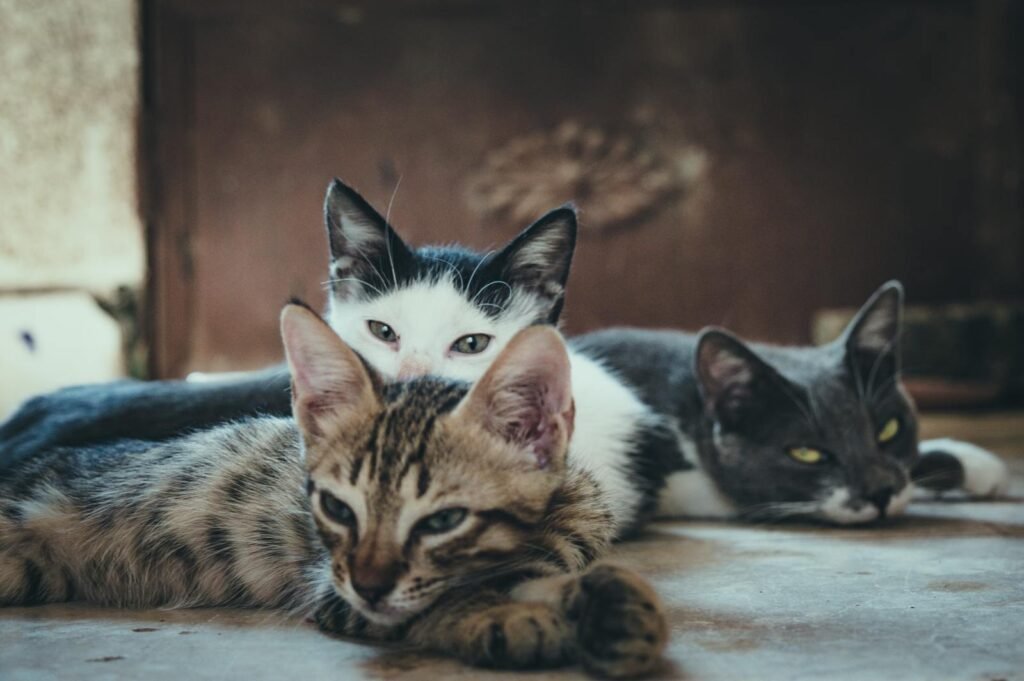
Funerary art often featured cats in various roles, sometimes depicted laying under chairs or beside their royalties, signifying their esteemed position. Not only did this imagery epitomize the companionship between cats and humans, but it also served as a spiritual safeguard for the deceased in the journey to the afterlife.
Cats in Egyptian Literature
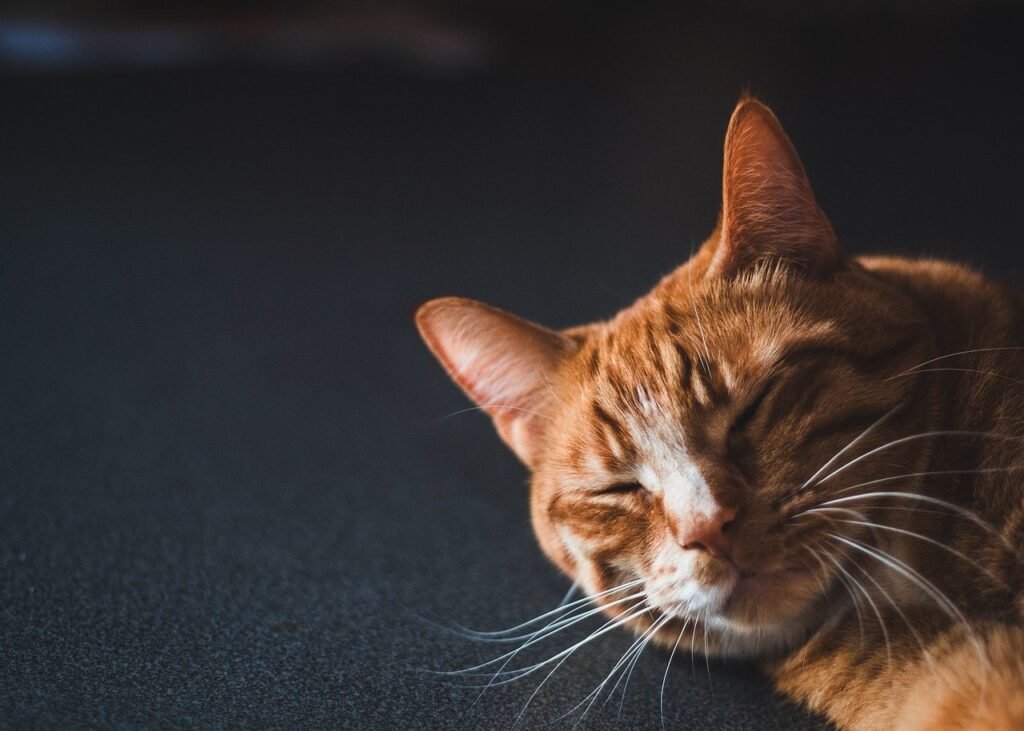
Cats frequently appeared in Egyptian literature and mythology. They were central to various folktales and historical accounts, often embodying attributes like agility, playfulness, and cunning. These stories served both as entertainment and moral lessons, embedding the cat deeper into the cultural fabric.
The Legal Protection of Cats
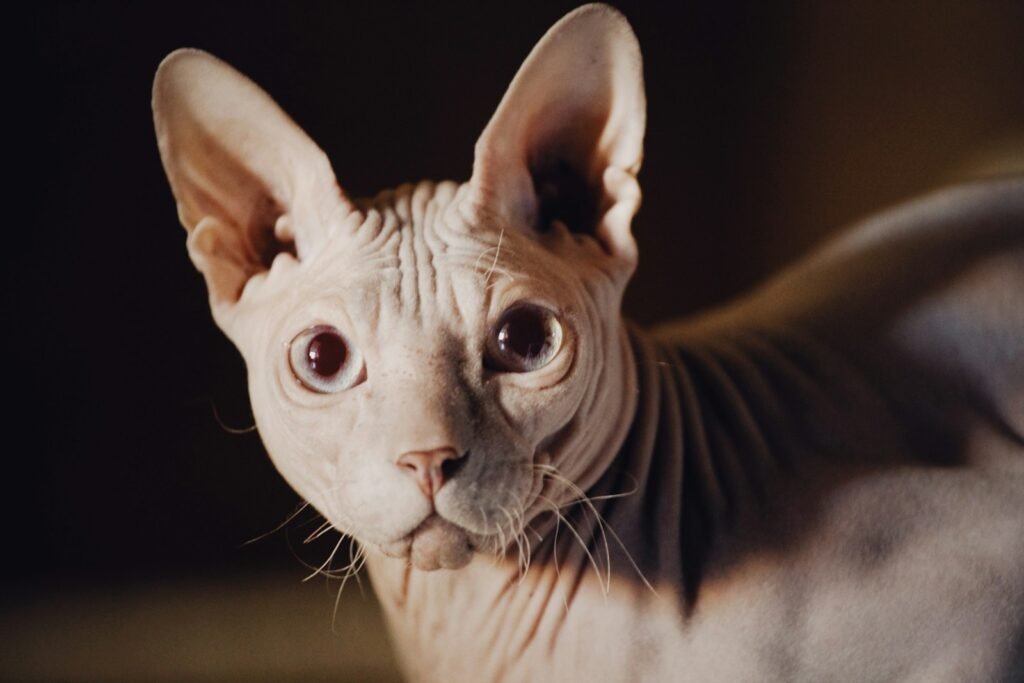
The Egyptians placed immense value on cats, to the extent that they were legally protected. Harming a cat, even accidentally, was considered a grave offense, often met with severe penalties. This legal protection illustrates the societal importance of cats, extending beyond the realm of whimsy to reflect institutional reverence.
Iconography and Hieroglyphs

Cats often appear in ancient Egyptian iconography, symbolizing grace and mystery. Hieroglyphs and tomb writings frequently displayed cats to convey various symbolic meanings, reinforcing their integral role in both mundane and sacred contexts.
Symbol of Fertility
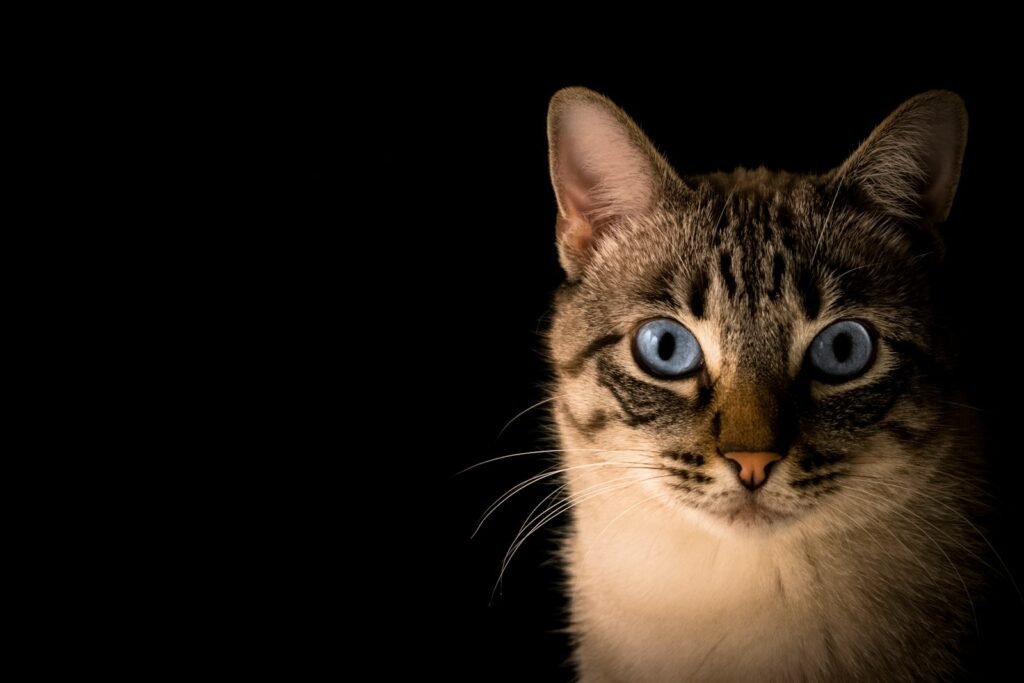
In addition to their role as protectors, cats were also significant symbols of fertility. This connection is largely due to their association with Bastet, who governed fertility, and matched the prolificacy and nurturance displayed by cats in nature.
Cats as Cultural Ambassadors
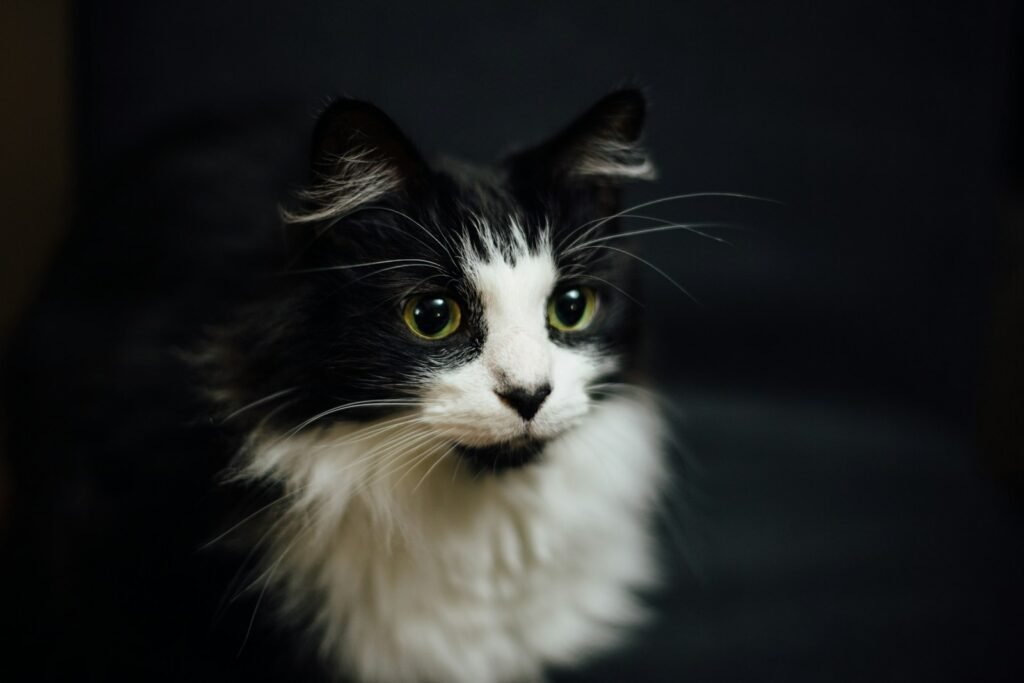
As trade and cultural exchanges expanded beyond Egypt, the reverence for cats spread to other civilizations. Cats began to appear in other societies as respected entities, often reflecting the Egyptian regard through trade goods and cultural stories that circulated the ancient Mediterranean and beyond.
Decline and Continuity of Reverence
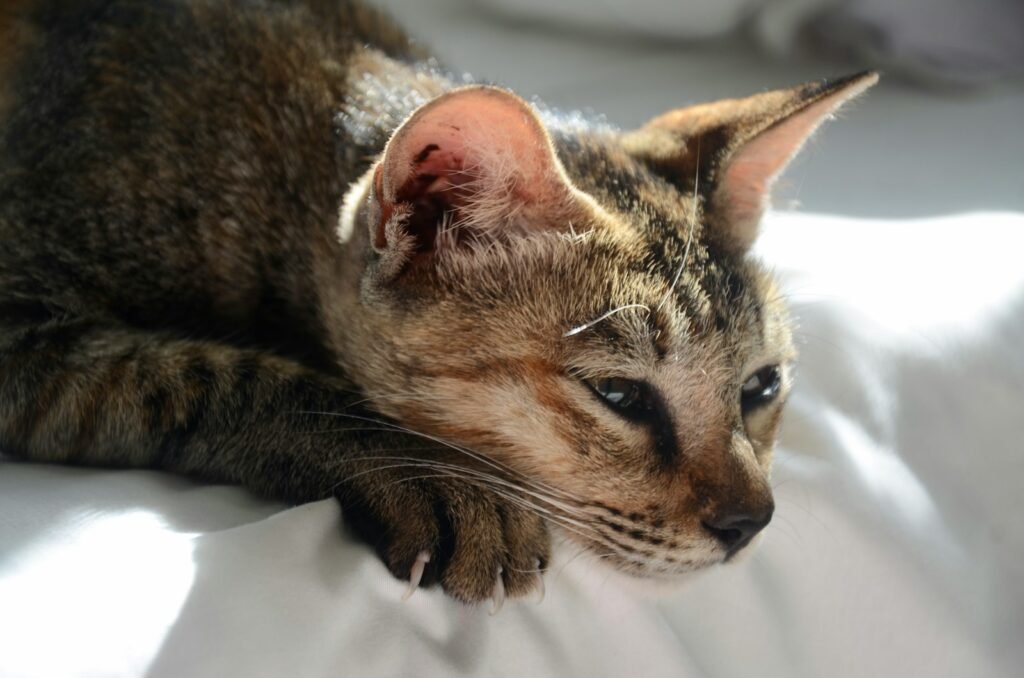
The decline of the ancient Egyptian civilization saw the gradual reduction of cat worship. However, many aspects of their reverence persisted in different forms throughout subsequent cultures. This continuity testifies to the powerful legacy of the cat-human relationship first cultivated in the sands of Egypt.
Modern Echoes of Ancient Beliefs
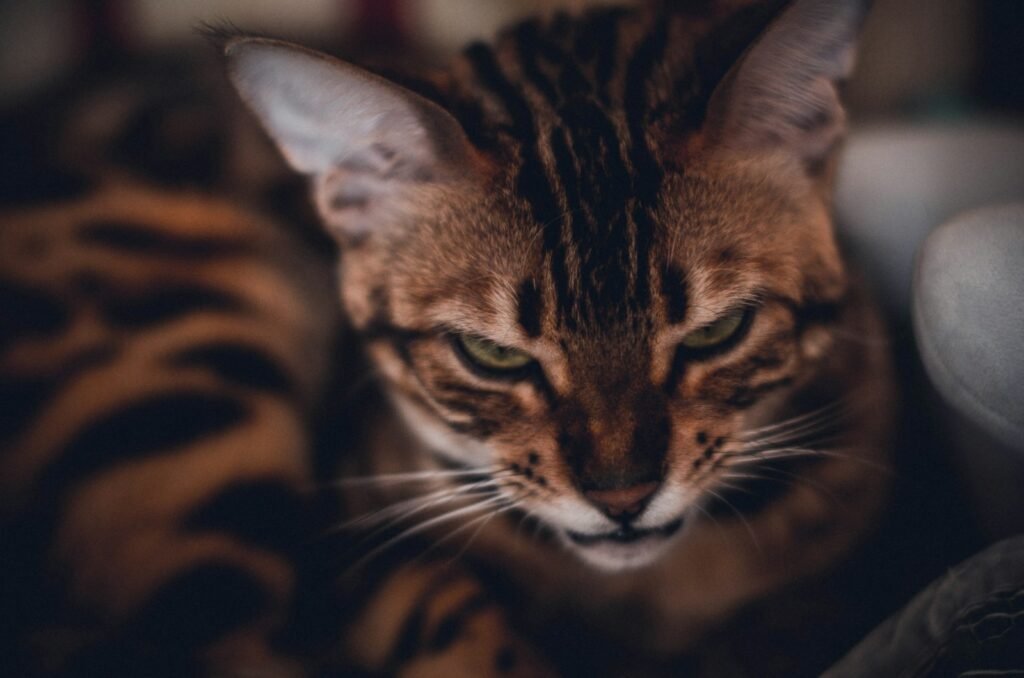
Even today, the cat’s symbolic legacy is evident in many cultures. Beliefs surrounding their mystical nature and protective qualities mirror ancient Egyptian sentiments, demonstrating the enduring impact of their historical and mythological significance.
Conclusion
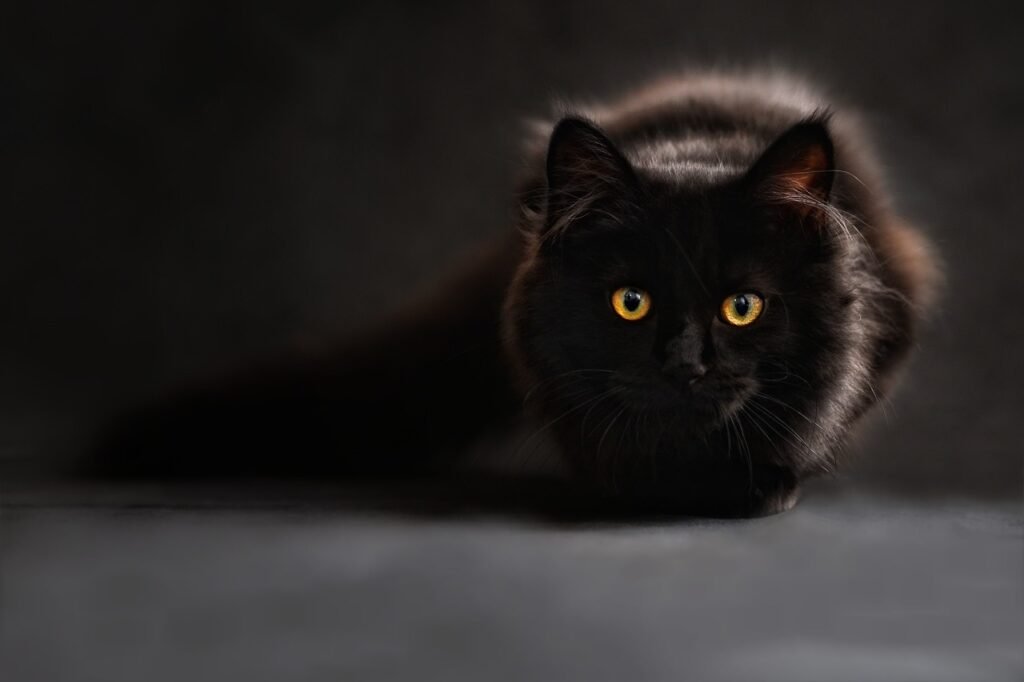
The history of cats in ancient Egyptian mythology is a remarkable narrative of reverence, utility, and divine association. From their initial domestication to their central role in religious practices, cats were more than just companions—they were ambassadors of the divine, symbols of protection and fertility, and an integral part of Egyptian cultural and spiritual life. This enduring connection between humans and felines, initiated in ancient Egypt, continues to enrich our understanding of these enigmatic creatures today.





